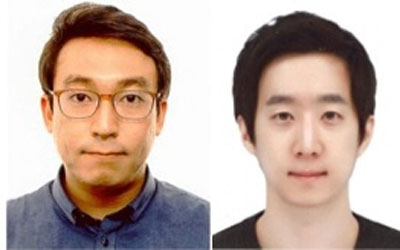About the 100 million degrees 30 s operation in KSTAR
김상균·유민구 박사, 아시아태평양물리학협회 신진연구자상 수상

서울대학교 공과대학은 원자핵공학과를 졸업한 김상균, 유민구 박사가 아시아태평양물리학협회(Association of Asia Pacific Physical Societies) 플라스마 물리분과(Division of Plasma Physics)에서 선정하는 신진연구자상을 수상했다고 7일 밝혔다.
김상균 박사와 유민구 박사는 원자핵공학과 나용수 교수 지도하에 각각 핵융합 장치인 토카막의 플라스마 경계면 불안정성 연구와 초기 시동 현상의 근본적 원리를 밝혀낸 성과를 인정받아 수상자로 선정됐다.
해당 연구 성과는 핵융합 분야의 권위 있는 학회인 IAEA 핵융합학회와 Nuclear Fusion 학술지에 발표됐다.
김금이 기자
미래과학기술 토크콘서트
2021-08-25
